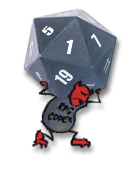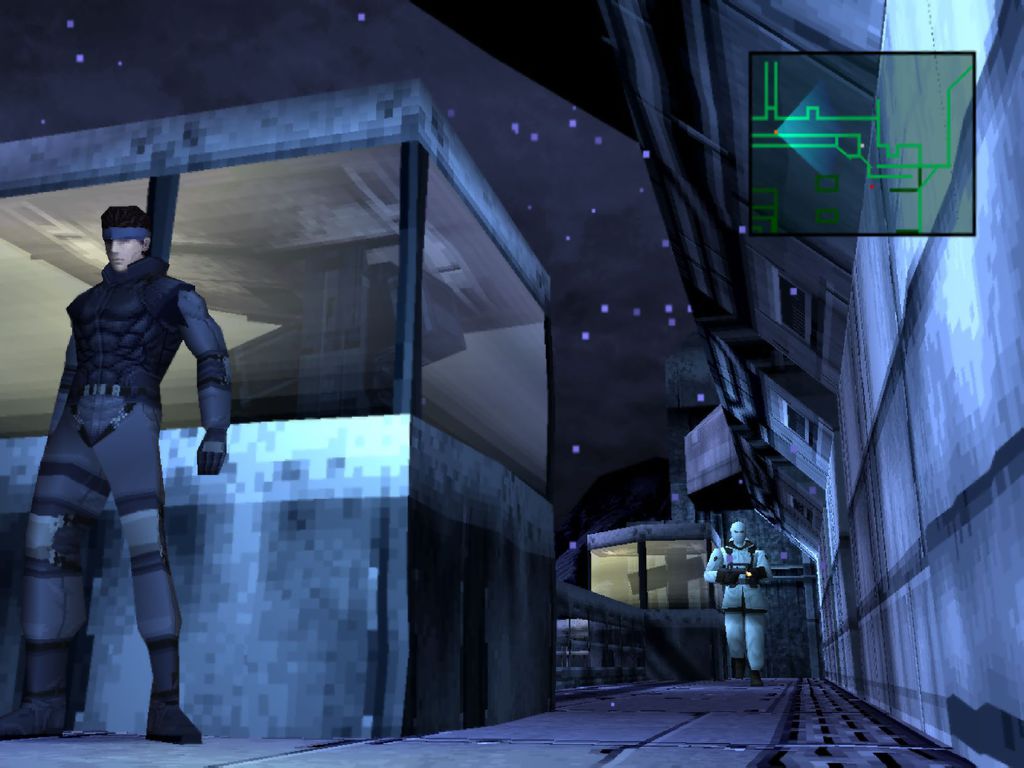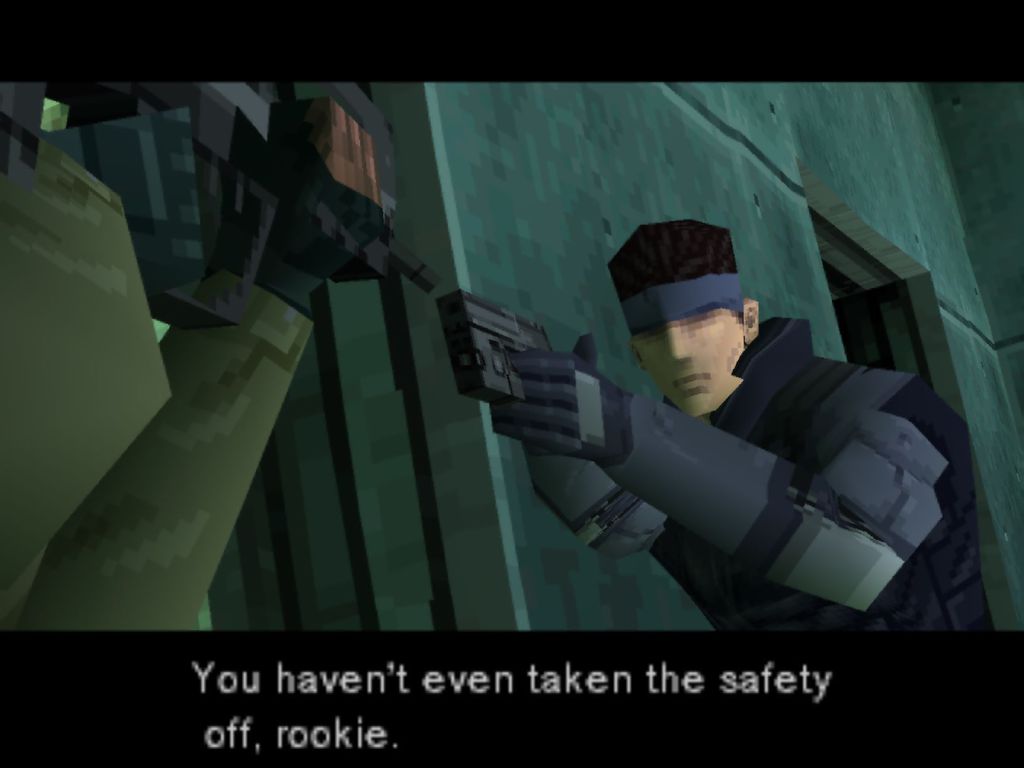The PS2 video hardware internally outputs a 640x240 interlaced frame at 60fps, for a full resolution of 640x480 (You might see this described as "480i"). So if your game is rendering at 30fps or lower, you needed a full 640x480 render buffer so that the hardware could output the even/odd lines on every other frame.
However, the PS2 had a very limited amount of video memory ("VRAM"). This 4MB of VRAM needed to hold all of:
- The color data for the finished video frame currently being displayed ("front-buffer")
- The color data for the in-progress video frame being rendered to display next ("back-buffer")
- Storage for the "depth" of each pixel in the backbuffer ("z-buffer"), so that 3-d objects displayed properly on top / behind each other even if they were very close to each other.
- Texture and palette data for whatever is currently being rendered to the screen.
At 640x480, using 32-bit render buffers and a 16-bit z-buffer, this comes out to 3,072,000 bytes, or exactly 3000KB, almost 3/4 of the 4096KB available. This left just over 1MB for texture data, and games either needed to have very low texture detail, or spend a bunch of time moving texture data into VRAM just-in-time for it to be rendered.
However, the PS2 supported a native interlaced rendering mode -- if your game could maintain a solid 60fps framerate, you could render just the even/odd lines of the frame directly, requiring these buffers to only be 640x240. This saved half of the data required, more than doubling the amount of VRAM available for texture data -- from 1MB to 2.5MB!
If the game ever failed to output a frame at 60fps, you got 'derezzing', where the game would drop to 640x240 since there was no data for the other half of the frame. This looked terrible. So you needed to be confident that your game would render at 60fps to use this mode, but if you could, it saved a ton of memory.
In order to use this mode, the game would render each frame at 640x240, but offset every other frame by half a pixel vertically.
This looks
just as good as rendering at 640x480 60fps when targeting regular TVs, but saves a ton of memory and rendering time ('fill rate' -- you only need to fill half as many pixels). So it was a win if you could do it.
It fell off in usage as 480p component video output (full 640x480 non-interlaced) became more common in the late stages of the PS2's life.






















